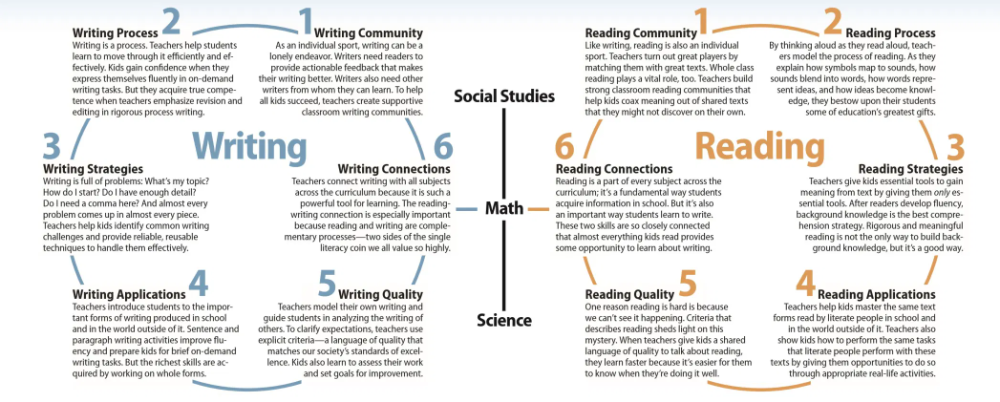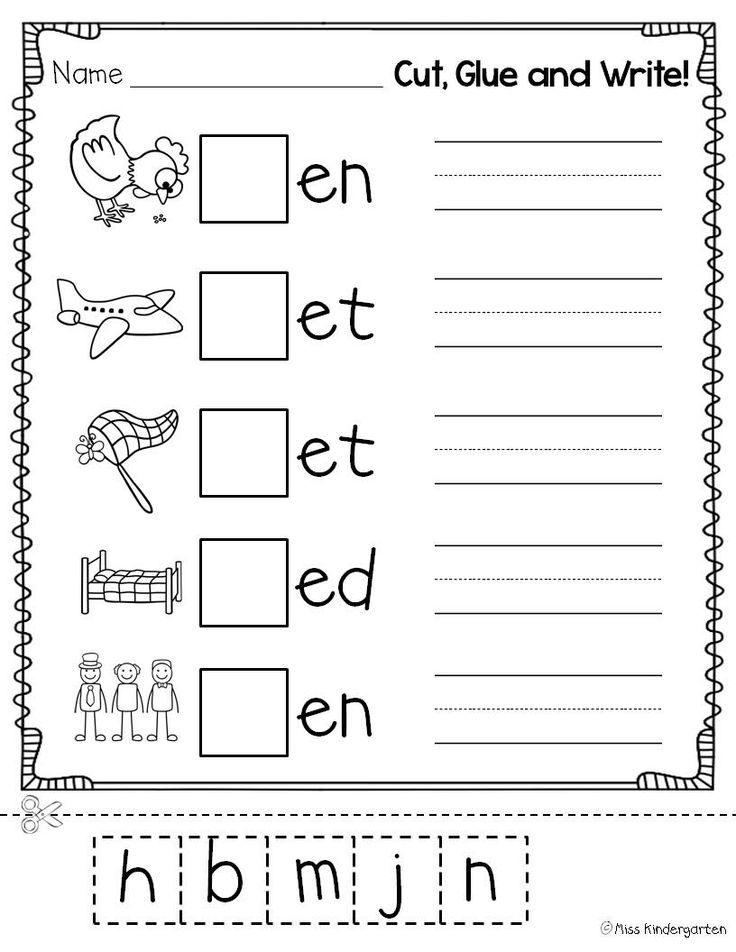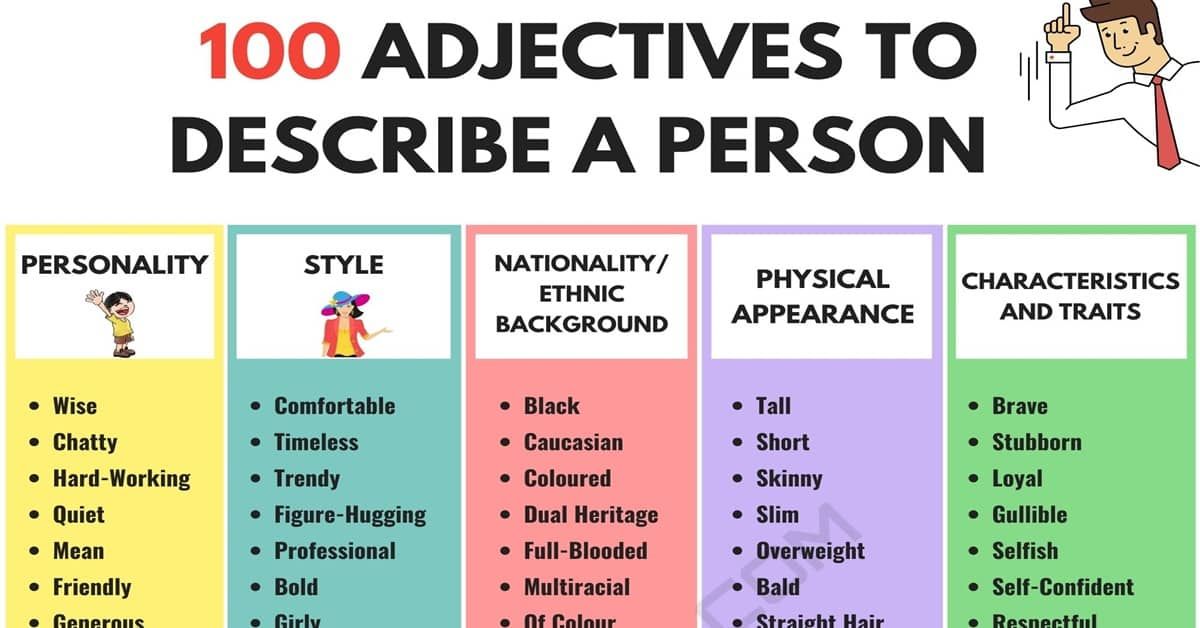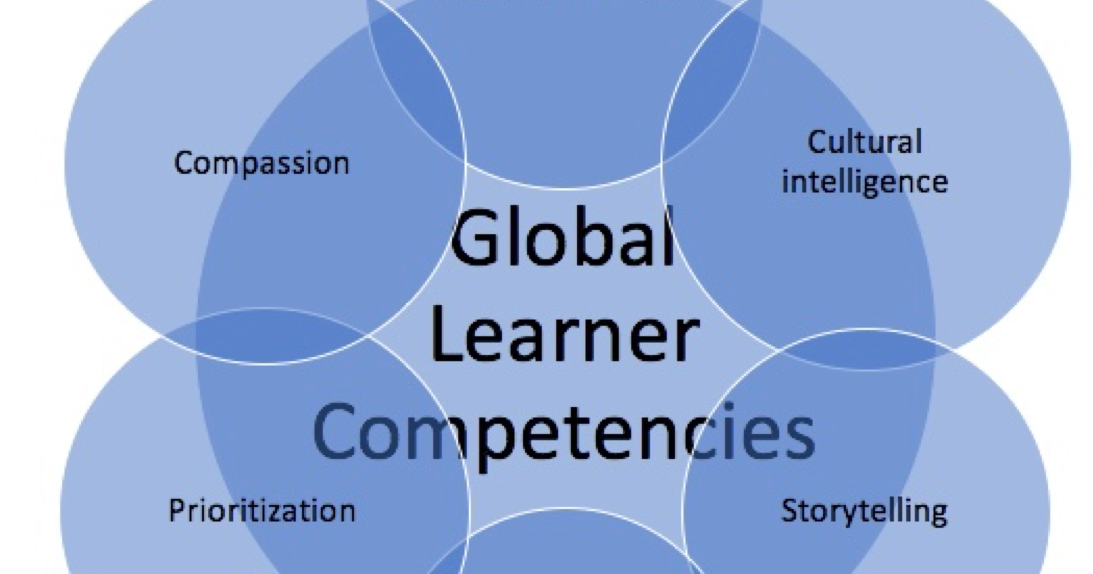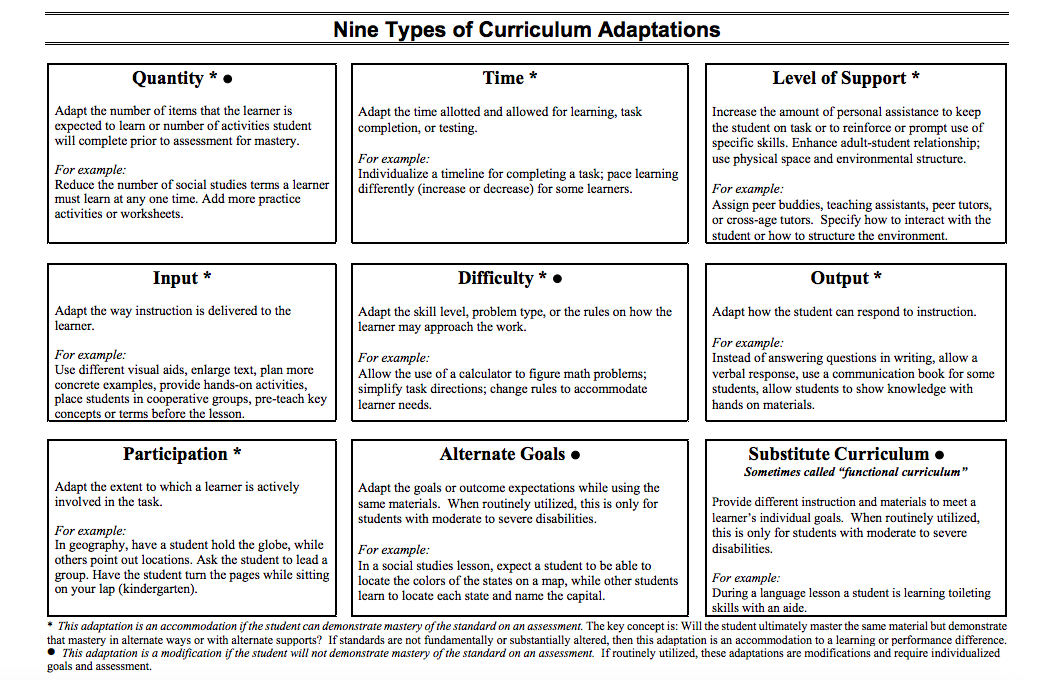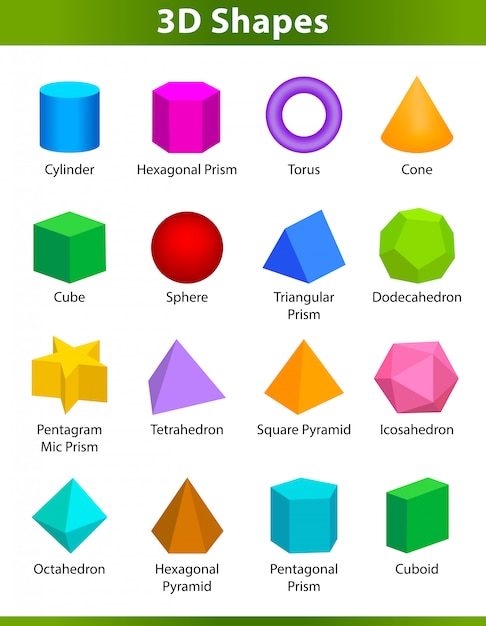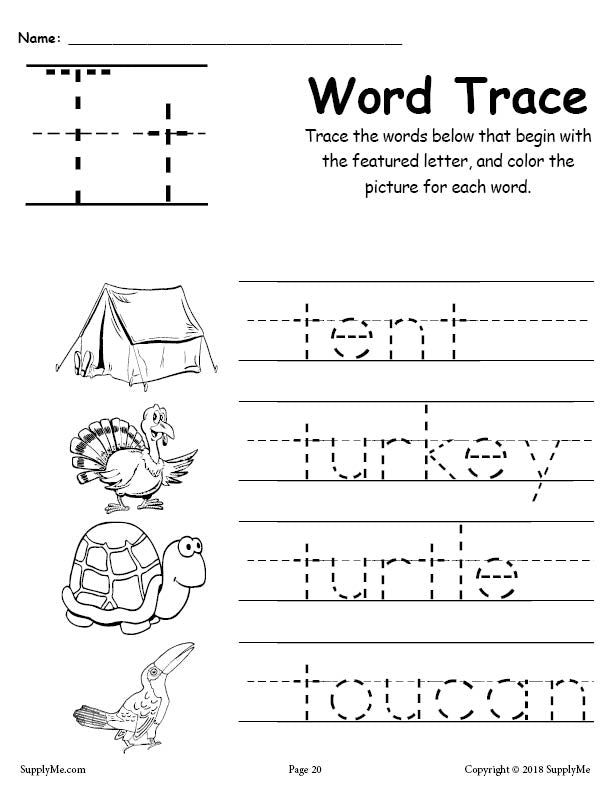Story in a box
Tips for Home or School | Story Boxes: A Hands-On Literacy Experience | Nevada Dual Sensory Impairment Project
By: Norma Drissel | Reprinted with Permission
What is a Story Box?
It is simply a collection of items in a box or bag that corresponds to the items mentioned in a story. A Story Box is a way for young children with visual impairments to experience a story. It is an early literacy event that can easily fit into your daily routines as well as a tool to enhance the learning of concepts. In short, it is a fun, interactive learning experience for children and adults alike.
REMEMBER:
- It takes more time to figure out what an object or shape is through tactual exploration than through vision. A tactual learner needs to examine parts of an item separately then put the information they have gathered together to gain full understanding of the item
- Words are just symbols representing ideas and concepts.
Without meaning words are a series of disconnected sounds and letters. Hands-on experiences help to provide meanings to words.
- You need not present all the items in a box with each reading. Determine your child's interest and attention so as not to overwhelm her.
- Share your story boxes with young sighted children. They are very popular.
Why Story Boxes?
The purpose of a story box is to create hands-on literacy experiences for your child. Educators have long emphasized the information through the experiences that they have. This is how they develop an understanding of how things relate. These experiences give meaning to their lives through the development of concepts. Literacy emerges from hands-on experiences for all children. Sighted children's experiences are rich with opportunities for learning that occur by chance; however, children with Visual Impairments seldom, if ever, take in information accidentally. Yet teachers often expect that the youngster with blindness comes to school with the same information that sighted children have picked up on TV, through pictures, etc.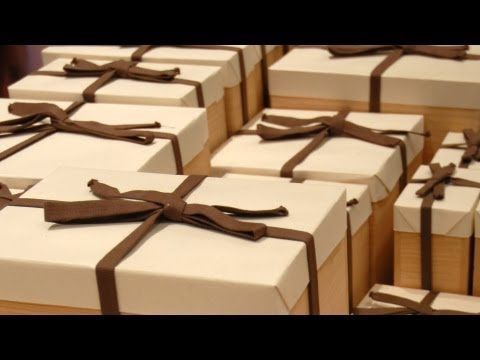 Hence, the importance of hand-on experiences such as Story Boxes for young learners with blindness.
Hence, the importance of hand-on experiences such as Story Boxes for young learners with blindness.
Making a Story Box in 3 Easy Steps
Step 1: Books, Books Everywhere: Choosing a Story
- When selecting a story for your child, choose one that is simple and tells about familiar objects and concepts. Story Boxes can range from very concrete hands-on to the more complex and abstract.
- Initially a box might contain items that your child uses during daily routines. You can make up a story about the routine or family activity. Your child may be the main character of your story. It can be about a trip to Grandparents, bath time or mealtime, a playtime with dad. No book is really needed.
- Choose books about familiar activities. Those stories will be meaningful for your child.
- Variety is fun. Expose your child to different types of books. Feel free to adapt them, to make the book more accessible and interesting. Simple board books can be enhanced with Braille Dymo tape.
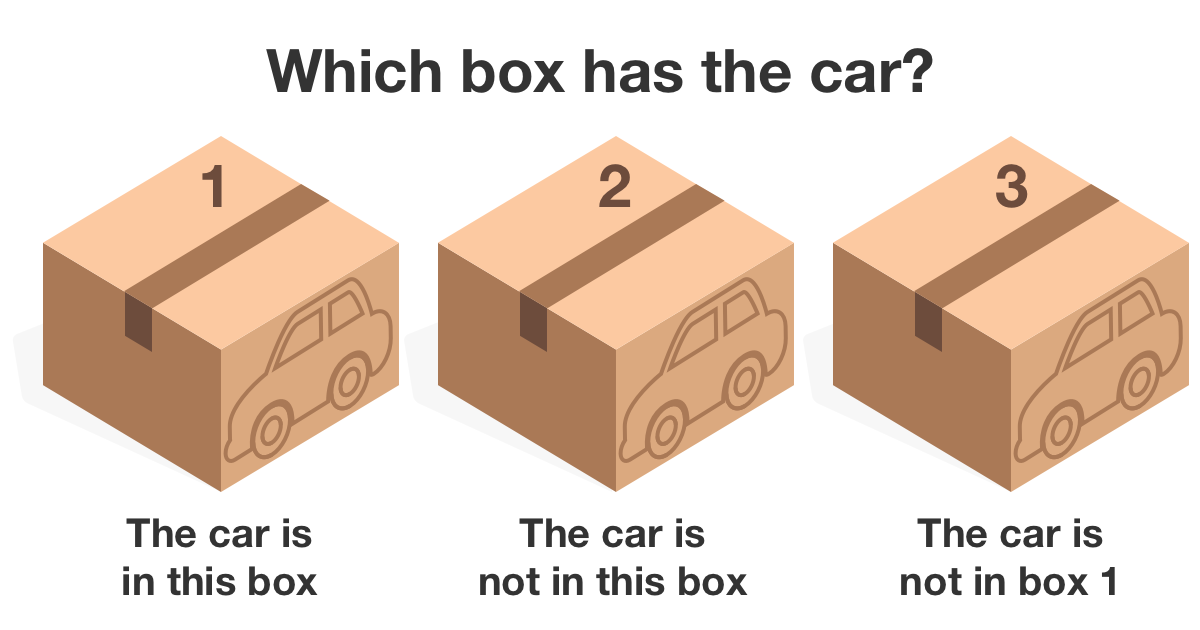 Twin Vision books provide enrichment for siblings as well. Sound books can be made accessible by affixing a little texture to the spot one must depress to activate.
Twin Vision books provide enrichment for siblings as well. Sound books can be made accessible by affixing a little texture to the spot one must depress to activate.
• Choose books that have characters and items that are readily available. Remember the complexity of the story and the number of items presented should be suited to your child. Often simple is better. - Choose a story to match your child's attention span. Short and sweet works well for young children.
- Choose a book that does not rely on visual experiences or pictures to provide meaning to the story.
- Choose books that are predictable and that have rhythm and rhyme.
Step 2: Getting it all Together: How to Actually Construct the Story Box
- Choose an appropriate book.
- Select corresponding items. You may choose to go on a shopping spree but often collecting familiar objects from your household will do just fine.
-
Place the book and items in a storage container.
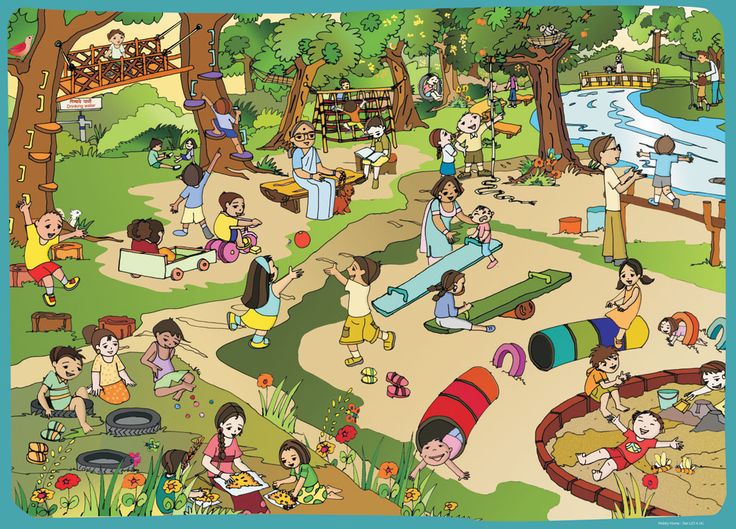 Although many folks us Zip-Lock bags or shoe boxes, sweater-sized plastic containers are preferable as they are likely to stack, thus affording you an opportunity to establish a story box “library.” They are also sturdy enough to bear up under the wear and tear of children's hands. (Note: prying these boxes open is a beneficial activity which develops the hand strength needed to use Braille).
Although many folks us Zip-Lock bags or shoe boxes, sweater-sized plastic containers are preferable as they are likely to stack, thus affording you an opportunity to establish a story box “library.” They are also sturdy enough to bear up under the wear and tear of children's hands. (Note: prying these boxes open is a beneficial activity which develops the hand strength needed to use Braille). - Label the exterior of the container. A tactile marker will enable you and your child to “read†the title; e.g. three pieces of fake fur might be a good label for the story of Goldilocks and the Three Bears.
Step 3: Reading the Story
- Handle the objects in the box one at a time giving your child lots of time to explore. Comment on the item's size, its shape, its texture and name the item. Children with blindness benefit from an adult's modeling the function of the item. If it's a spoon, pretend to eat. If it's a shoe, try it on. Allow the child to explore freely.
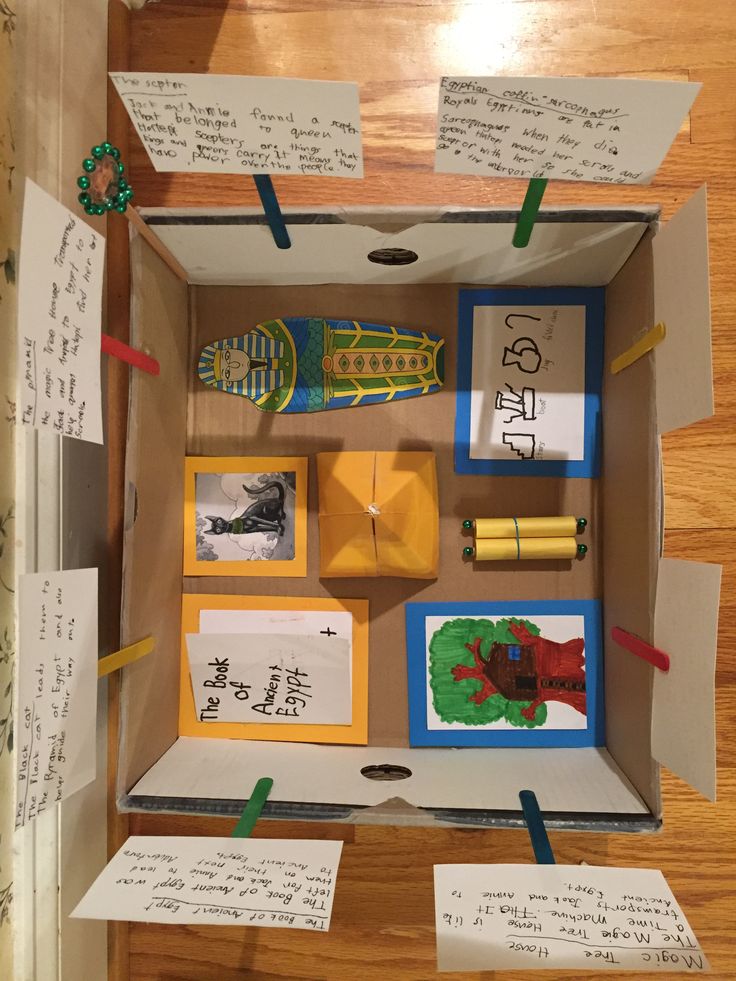 Compare items.
Compare items. - After tactually exploring the items place them aside. Read the story and once again present the items as they are mentioned in the story. Avoid clutter. Too many items at once can be very confusing for young children with blindness.
- When reading, have fun. Use sound effects and dramatic intonation to peak your child's interest.
- When you are finished with the story box put clear closure on the activity by having your child help place the objects back in the box, thus providing another opportunity to handle the objects.
- Children can experience the same story box at many levels over time. Some children will want to handle the book and find the Braille on the page. Others will enjoy anticipating and identifying their favorite items, while still others will memorize the book and tell the story to the adult.
Some Suggested Story Boxes for Young Children
- Bathtime, M. Roffey - Clothes, bathrobe, towel, face cloth, pajamas, story book, pillow.

- Blueberries for Sal, R. McKloskey - Large pail, small pail, berries to cover bottom of large pail, 4 berries to clunk into small pail.
- Good Night Moon, M. W. Brown - Mylar Balloon, picture frame, three plush bears, doll house, furry mouse, bowl, plush kittens, mittens, toy phone, clock, socks, comb, brush, star shape.
- Strega Nona, T. de Paola - Pasta, Pot with lid, bowl, fork.
- The Three Little Pigs , Golden Sound Story, Golden Books. - Brick, sticks, hammer, straw
- If You Give a Mouse A Cookie! By Laura Joffe Numeroff, Harper & Row (also on tape). - Cookie, cup, milk container, straw, mirror, scissors, dust broom, sponge, blanket, pillow, crayons, tape, paper.
- The Foot Book , by Dr. Seuss, Random House. - Slippers, towels, cotton balls, toy clown, big shoes, small shoes.
- The Jacket I Wear In The Snow by Shirley Neilzel, Scholastic Press. - Red wool hat and scarf, zippered jacket, sweater, boots, long underwear, socks, jeans.
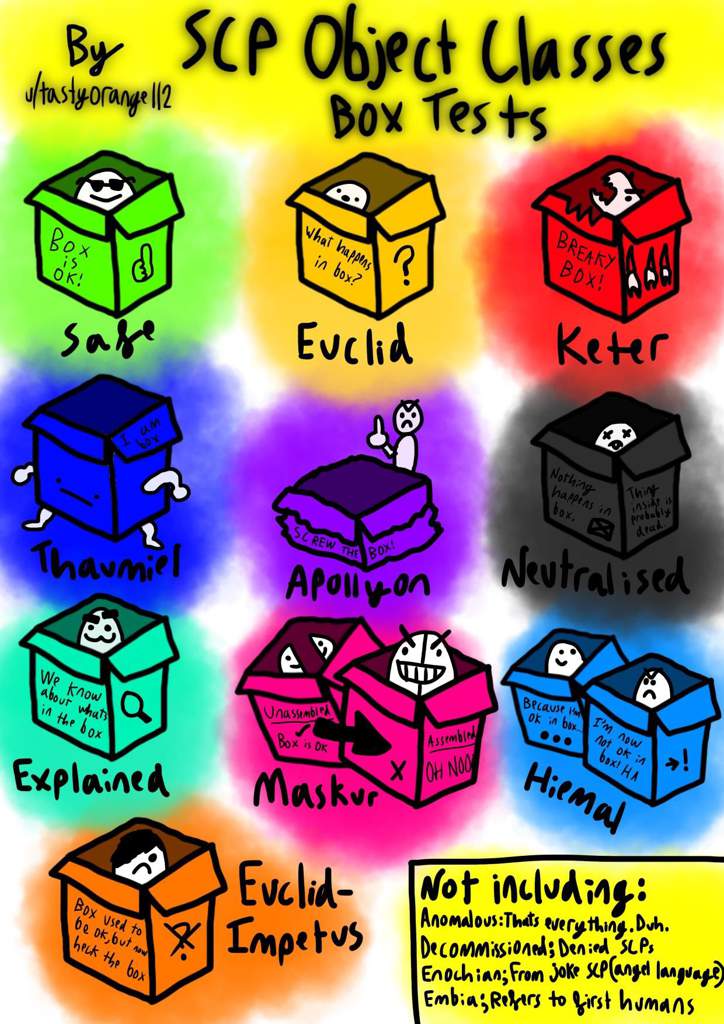
- The Saucepan Game by J Ormerod, Lee & Shepard Books. - Pan with a lid, stuffed toy cat.
Story Boxes: A Hands-On Literacy Experience
This post may contain affiliate links; please see our terms of use for details.
By Norma Drissel
A Story Box is simply a collection of items in a box or bag that corresponds to the items mentioned in a story. It is a way for young children with visual impairments to experience a story.
Educators have long emphasized the importance of tactual exploration i.e. hands-on learning for young children with Visual Impairments. This is important not just for future Braille readers who will be using their finely tuned sense of touch to discriminate letters and to decode words, but really for all young children so that they can take in information, build concepts, and further understand their world.
Purposeful exploration involves thinking and concept building.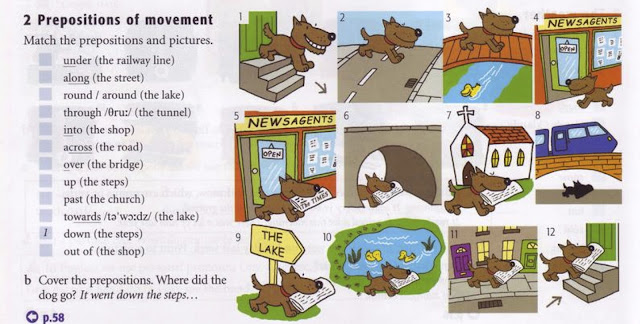 Children gather information through the experiences that they have. This is how they develop an understanding of how things relate. These experiences give meaning to their lives through the development of concepts. Literacy emerges from hands-on experiences for all children.
Children gather information through the experiences that they have. This is how they develop an understanding of how things relate. These experiences give meaning to their lives through the development of concepts. Literacy emerges from hands-on experiences for all children.
Important things to remember about story boxes
- Give your child lots of time.
It takes more time to figure out what an object or shape is through tactual exploration than through vision. A tactual learner needs to examine parts of an item separately then put the information they have gathered together to gain full understanding of the item. - Think beyond words on a page.
Words are just symbols representing ideas and concepts. Without meaning words are a series of disconnected sounds and letters. Hands-on experiences help to provide meaning to words. - Just do a little at a time.
You need not present all the items in a box with each reading.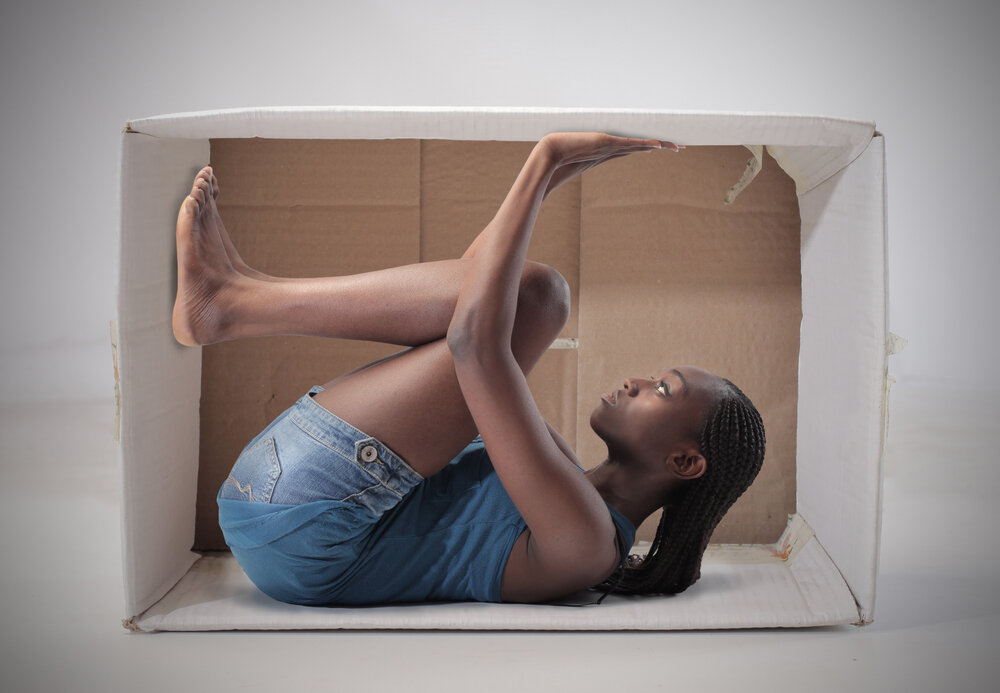 Determine your child’s interest and attention so as not to overwhelm her with stuff.
Determine your child’s interest and attention so as not to overwhelm her with stuff. - Share the story with others.
Get everyone in the family involved, including siblings. Share your story boxes with young sighted children. They are very popular.
Making a Story Box in three easy steps
- Books, Books Everywhere: Choosing a StoryWhen selecting a story for your child, choose one that is simple and talks about familiar objects and concepts. Story Boxes can range from very concrete hands-on topics to the more complex and abstract.Initially a box might contain items that your child uses during daily routines. You can make up a story about the routine or family activity. Your child may be the main character of your story. It can be about a trip to visit grandma, bath time or mealtime, a playtime with dad. In this case no book is really needed.
Variety is fun. Expose you child to different types of books. Feel free to adapt them, to make the book more accessible and interesting.
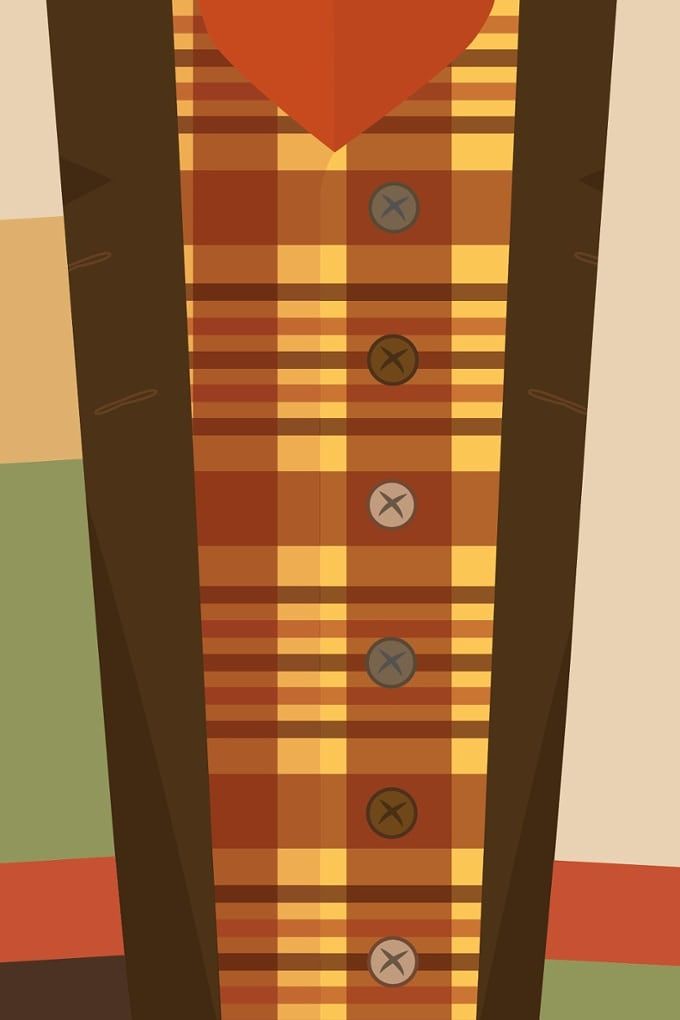 Simple board books can be enhanced with Braille Dymo tape or a Braille Labeler. Twin Vision Books provide enrichment for siblings as well. Sound books can be made accessible by affixing a little texture to the spot one must depress to activate.
Simple board books can be enhanced with Braille Dymo tape or a Braille Labeler. Twin Vision Books provide enrichment for siblings as well. Sound books can be made accessible by affixing a little texture to the spot one must depress to activate.Choose books that have characters and items that are readily available. Remember the complexity of the story and the number of items presented should be suited to you child. Often simpler is better.
Also choose a story to match you child’s attention span. Short and sweet works well for young children. Choose a book that does not rely on visual experiences or pictures to provide meaning to the story. Choose books that are predictable and that have rhythm and rhyme.
- Getting It All Together: How To Actually Construct the Story Box
Begin with an appropriate book then select corresponding items. You may choose to go on a shopping spree but often collecting familiar objects from you household will do just fine.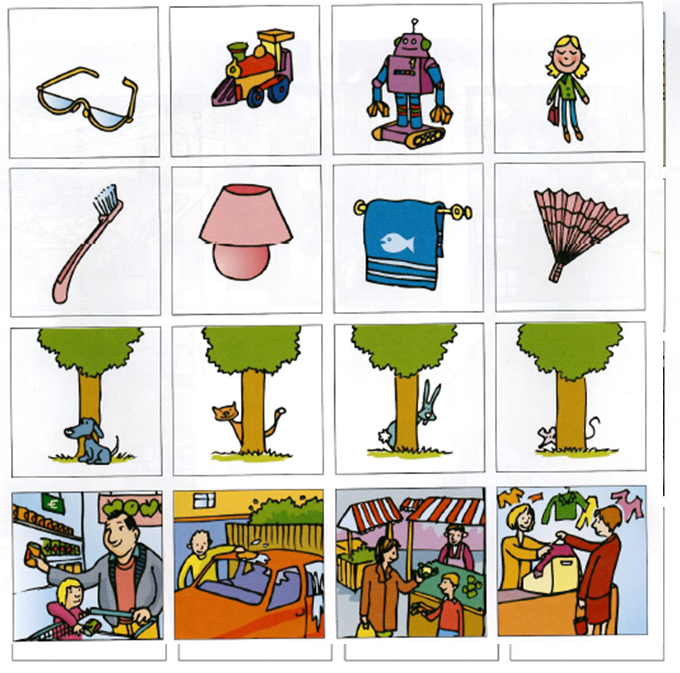 Place the book and items in a storage container. Although many folks us Zip-Lock bags or shoe boxes, sweater-sized plastic containers are preferable as they are likely to stack, thus affording you an opportunity to establish a story box “library”. They are also sturdy enough to bear up under the wear and tear of children’s hands. (Note: prying these boxes open is a beneficial activity which develops the hand strength needed to use Braille).
Place the book and items in a storage container. Although many folks us Zip-Lock bags or shoe boxes, sweater-sized plastic containers are preferable as they are likely to stack, thus affording you an opportunity to establish a story box “library”. They are also sturdy enough to bear up under the wear and tear of children’s hands. (Note: prying these boxes open is a beneficial activity which develops the hand strength needed to use Braille). Label the exterior of the container. A tactile marker will enable you and your child to “read” the title; e.g. three pieces of fake fur might be a good label for the story of Goldilocks and the Three Bears.
- Reading the Story
Handle the objects in the box one at a time giving your child lots of time to explore. Comment on the item’s size, its shape, its texture and name the item. Children with blindness benefit from an adult’s modeling the function of the item, so if it’s a spoon, pretend to eat. If it’s a mitten, try it on. Allow the child to explore freely. Compare items.
Allow the child to explore freely. Compare items. After tactually exploring the items place them aside. Read the story and once again present the items as they are mentioned in the story. Avoid clutter. Too many items at once can be very confusing for young children with blindness.
When reading, have fun. Use sound effects and dramatic intonation to peak you child’s interest.
When you are finished with the story box put clear closure on the activity by having your child help place the objects back in the box, thus providing another opportunity to handle the objects.
Children can experience the same story box at many levels over time. Some children will want to handle the book and find the Braille on the page. Others will enjoy anticipating and identifying their favorite items, while still others will memorize the book and tell the story to the adult.
Some ideas for Story Boxes
Blueberries for Sal by R. McKloskey.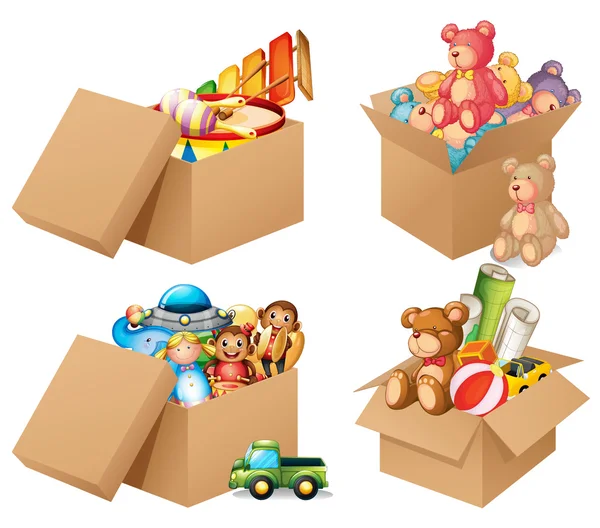
Contents: Large pail, small pail, berries to cover large pail bottom, (4) berries to clunk in small pail.
Jennifer’s Messes by Suzette Wright.
Contents: Cheerios, barrettes, (2) coins, comb, pencil, keys, doll purse, pretzel.
Goodnight Moon by Margaret Wise Brown. Available in print/braille from Seedlings.
Content: balloon (mylar), picture frame, three plush bears, doll house, furry mouse, bowl, plush kittens, mittens, toy phone, clock, socks, comb, brush, star shape.
Listen to the Rain by Bill Martin, Jr.
Contents: Tape of rain sounds, raincoat, boots.
Roly Poly Man by Suzette Wright.
Contents: Play Doh.
Strega Nona by Tomie de Paola.
Contents: Pasta, pot with lid, bowl, fork.
If You Give a Mouse a Cookie By Laura Joffe Numeroff.
Contents: Cookie, cup, mil container, straw, mirror, scissors, dust broom, sponge, blanket, pillow, crayons, tape, paper.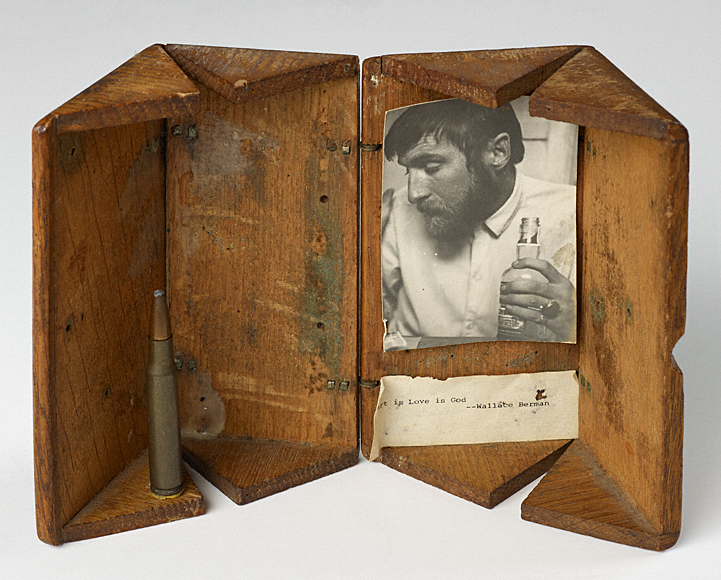
Suppertime for Frieda Fuzzypaws by Cyndy Skekeus.
Contents: Cookies, plate, cup, pasta, paper, crayon, paper cookie.
The Foot Book by Dr. Seuss. Available in print/braille from Seedlings.
Contents: Slippers, towels, cotton balls, toy clown, big shoes, small shoes.
The Jacket I Wear in the Snow by Shirley Neilzel.
Contents: Red wool hat and scarf, zippered jacket, sweater, boots, long underwear, socks, jeans.
The Little Engine That Could by Watty Piper. Available in print/braille from Seedlings.
Contents: Dolls, balls, toy engine, sailboats, toy animals, clown.
The Longest Noodle by Suzette Wright.
Contents: Noodle, fork, shoelace, jump rope, ribbon, yarn.
The Sweet Smell of Christmas by Patricia Scarry.
Contents: Cinnamon, pinecone, candy cane, spirit of peppermint, ginger, cocoa.
Fairy tale box. Storytelling game
WHAT IS A BOX OF FAIRIES?
Arguably the best imaginative and storytelling board game in the galaxy.
The meaning of the game is to tell a story. And it's not so easy, because your character will travel through a bizarre world, get into strange places and unforeseen situations, and get out of them with the help of random items. Where you will go, what you will have at hand, who you will meet on the way - the cube, the "roulette of fate" and chance will decide, almost like in life. Your task is to weave a wonderful web of history out of all this and not get confused in it yourself. And you will need fantasy and mastery of the word.
You can play both together and in a large company, and of course, you can and should - with children. The party can last from half an hour to the whole evening. The age of the players is from 5 to 99. The rules are simple and flexible, the scope for creativity is almost endless.
The mechanics of The Box of Fairy Tales are designed to create a situation for the development of natural creativity without limiting the freedom of expression. It is inherent in competitiveness - but without a subjective assessment of the "quality" of fairy tales; focus on a friendly atmosphere and support during the game - but also the opportunity to "put a pig" on a partner; an element of chance - but thoughtfulness and balance.
It is inherent in competitiveness - but without a subjective assessment of the "quality" of fairy tales; focus on a friendly atmosphere and support during the game - but also the opportunity to "put a pig" on a partner; an element of chance - but thoughtfulness and balance.
I want to buy!
What does a game consist of?
Game board cards
20 very different locations. From them, a map of your history is compiled - from all (if you are not in a hurry) or from only a few. The characters will travel along it. The colorful illustrations are created according to the Wimmelbuch principle, with many details. They set a fabulous atmosphere and become starting points to the worlds of your imagination.
Characters
26 figures on stands - the characters of your future stories. What will you become today - a princess or a witch? Knight or Rogue? Or maybe a dwarf or a fairy? Or an alien monster?
You can choose your favorite heroes, give them names and give them any character properties (but remember that these properties will have to affect the game and the behavior of your character).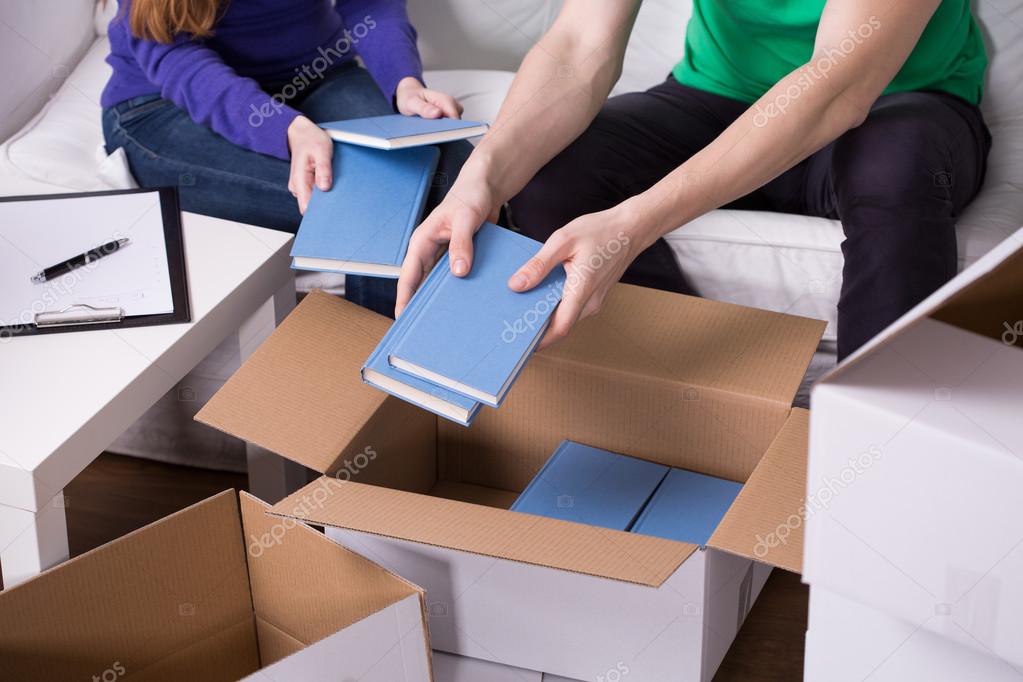
Items
80 tokens with items. The player who manages to use the items he got in his fairy tale receives additional points.
Stuff
Destiny Roulette - indicates what will happen to the character on the playing field during his turn.
Cube - determines where you will go (forward, backward or stay in place).
Hourglass - counts the time of the move, helping you to focus on the most important and not be distracted by trifles.
-
Number of players
from 2 to 10
-
Party
from 30 minutes to evening
-
Age
-
Simple rules
are explained in 15 minutes 9 minutes
Storytelling is an ancient, wonderful art, accessible to everyone, but almost forgotten today. This is a way of creative understanding and transformation of the world, inherent in man from time immemorial. We would very much like to see it revived and developed.
We would very much like to see it revived and developed.
| I want to! |
| More details |
This game helped me come up with the best of my true stories.
I swear by my cocked hat!
Carl Friedrich Jerome
von Munchausen
Baron
If I had this game, I would tell fairy tales for at least 5000 nights in a row!
Scheherazade
princess
If you use this game to compose fairy tales, you will definitely not be able to fall asleep!
Ole Lukoye
storyteller
Who is our game for?
-
For inveterate dreamers and inventors — it will become the favorite leisure activity
-
For mothers — will help tell kids bedtime stories
-
For children from 5 years old — will develop creativity in the child, out-of-the-box thinking, and of course, speech
-
For creative people — will inspire new ideas
-
For everyone who would like to learn how to invent and tell - it will help to "wake up" their imagination and learn to build a story
-
For connoisseurs of board games - will become a "chip" of the collection
What develops and what will it be useful for?
-
Develops creativity, imagination, the ability to think creatively and outside the box
-
Develops oral speech, the ability to build a coherent narrative
-
Can serve as an excellent tool for language development in bilingual children, as well as for learning a foreign language 903
-
Helps the child to live through emotions and fears in a playful way, work through stressful situations.
 It will become an indispensable tool in psychological work with children, fairy tale therapy and art therapy
It will become an indispensable tool in psychological work with children, fairy tale therapy and art therapy
"Box of fairy tales"
3500
r.
| Buy now! |
And we also have a new board game - a giant fairy-tale adventure "Wonders and Monsters"!
You can find out all the details about it and order it on the website of our publishing house papermagic.ru
| Buy! |
Click to order
The history of the box as a package
A cardboard box is a familiar household item all over the world, today it is difficult to imagine how you can do without it. Packaging for various goods and gifts, a convenient container for storing personal or work documents, sending parcels or cargo. Cardboard boxes perform three functions at once:
- protect contents from environmental influences;
- allow you to categorize and separate any storage units;
- decorate the interior (with proper design and design).
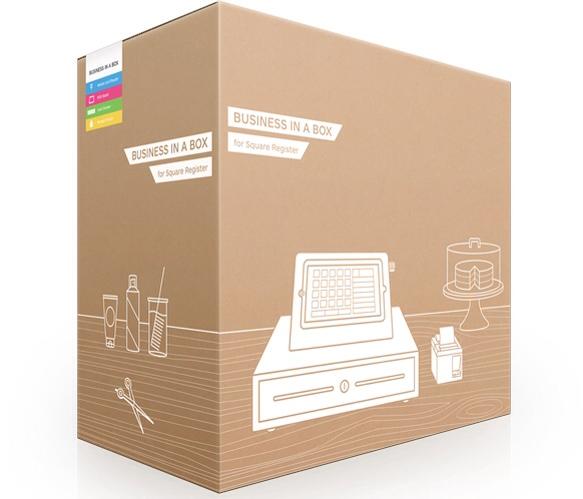
Previous Next
Boxes appeared not too long ago - production was established in the 18th century. The industry was not as well developed as it is now, so all cutting and gluing work was done by hand, without the use of machines and machines.
The boxes were glued, not folded: the first boxes were round or oval, which made it easier to make them. Yes, and the cardboard of that time was more convenient to bend in an arc. These products were in demand among perfumery and haberdashery merchants.
Finished products took up too much space and required special storage conditions, so by the middle of the century their design had become collapsible.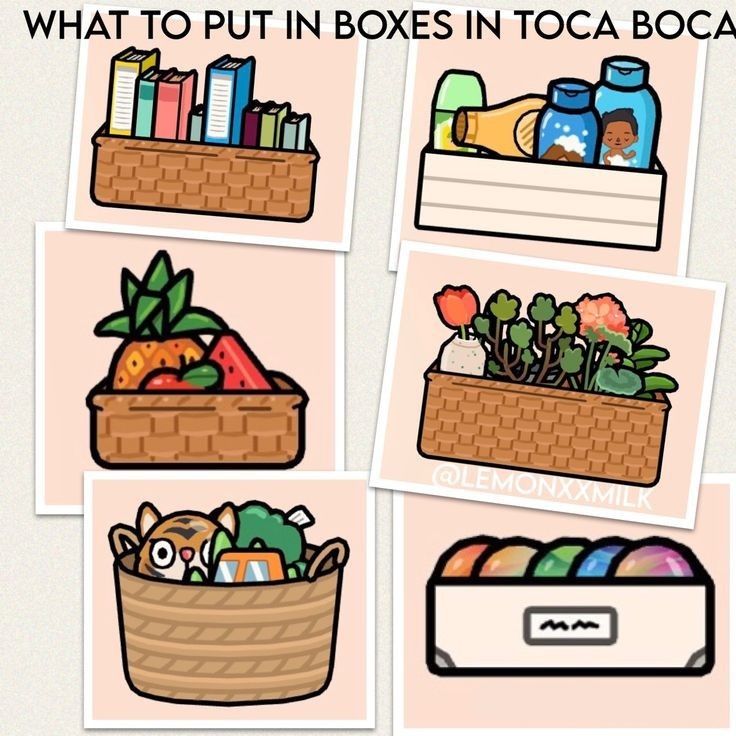 The merchant had to fold the packaging himself for his customer. This was done slowly and took a lot of time.
The merchant had to fold the packaging himself for his customer. This was done slowly and took a lot of time.
Robert Geir - inventor of the carton
In 1879, Robert Geir was lucky enough to make a really handy folding box. He owned a printing house and was engaged in printing on packages. As a result of a printing press malfunction, Geir tried using the same dies—sharp dies for punching and blunt dies for creasing (grooving the cardboard for a smooth fold).
Robert Geir's resourcefulness helped him to combine both processes - both printing and blank production. Thanks to automation, he produced up to 7.5 thousand boxes per hour. Seven years later, such packaging came into use. And she went beyond the market of haberdashery and cosmetics with perfume: "Quaker oatmeal" was packed in folding boxes. And this meant that the product settled in a new market - the food industry and retail still use cardboard or thick paper packaging in 45% of cases.
Over time, corrugated cardboard has replaced ordinary cardboard. At first, it was made in a semi-automatic mode and was used to transport fragile glass products. After the production was mechanized, corrugated cardboard began to displace conventional cardboard from the market. This also affected blanks for boxes - corrugated cardboard products were no less durable and reliable, but at the same time they provided protection for fragile products throughout the entire trading cycle.
At first, it was made in a semi-automatic mode and was used to transport fragile glass products. After the production was mechanized, corrugated cardboard began to displace conventional cardboard from the market. This also affected blanks for boxes - corrugated cardboard products were no less durable and reliable, but at the same time they provided protection for fragile products throughout the entire trading cycle.
Today, cardboard boxes are all around us - we use them at home and at work, we receive packages in them, we buy new goods packed in them, we use cardboard boxes for shoes and food. We leave the most convenient ones for use at home, use them when moving, and we simply cannot part with some.
The cardboard box is inducted into the National Toy Hall of Fame in America. Items that have been used for children's games for many years get there. The cardboard box can be used by children as almost any item in the play space. This is a doll house, a toy car, any piece of furniture.


